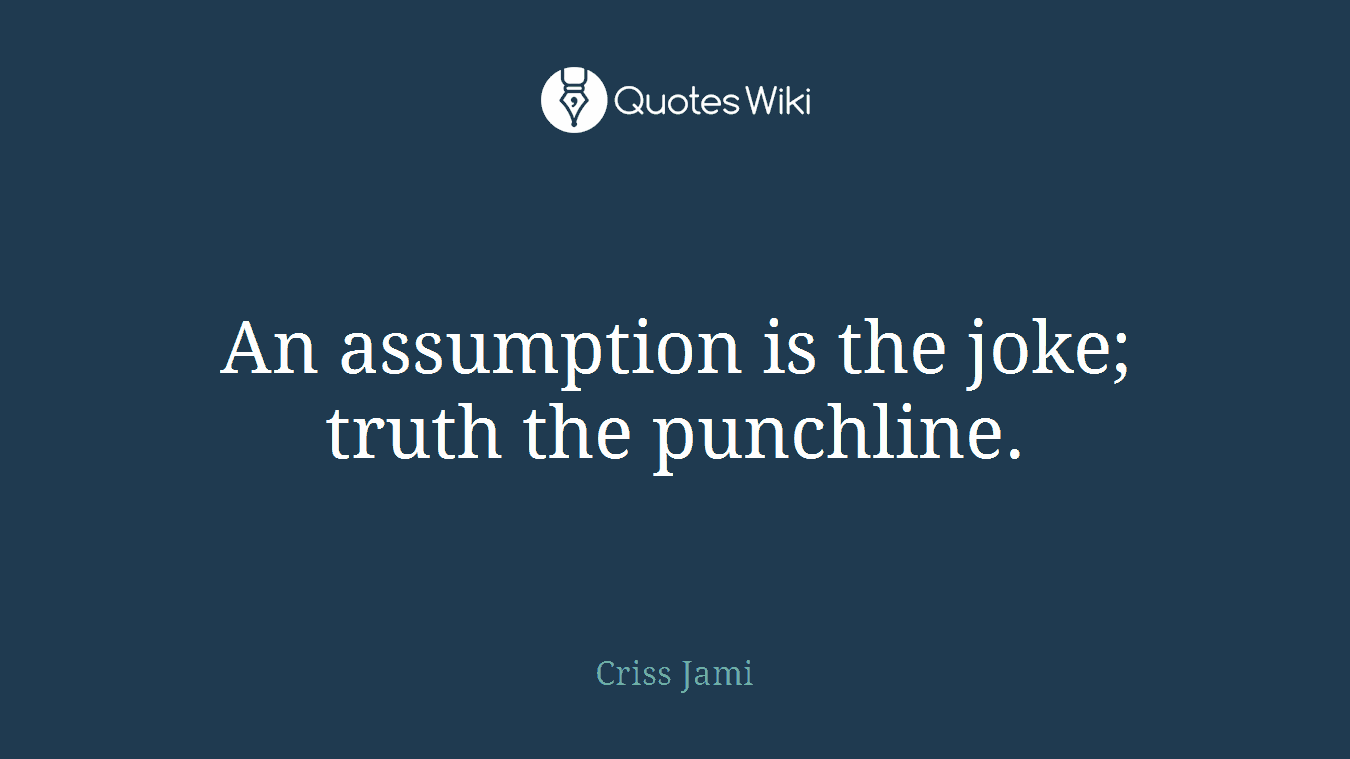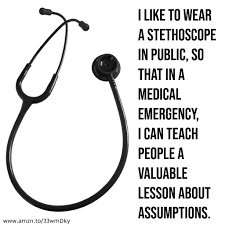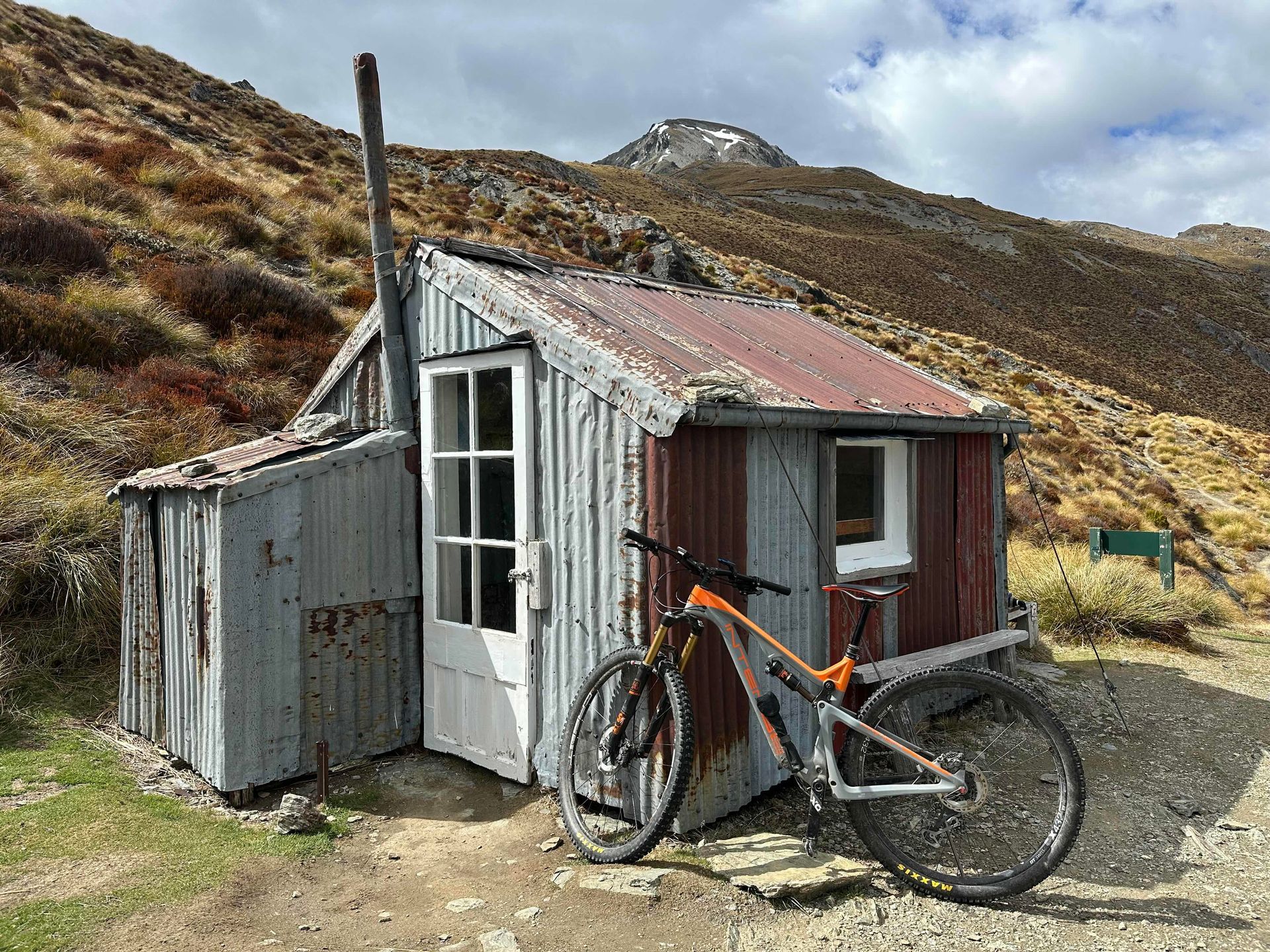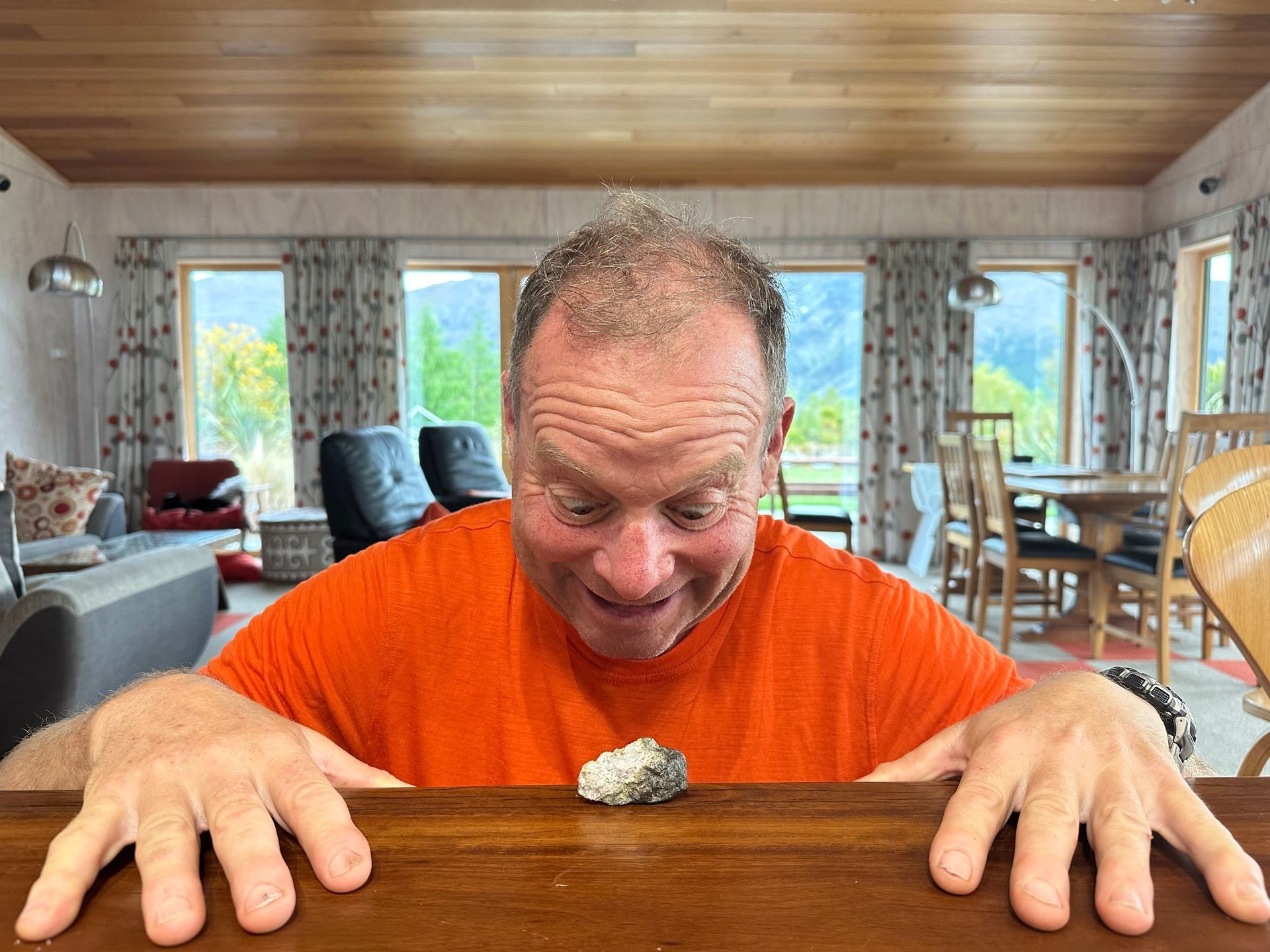Simple Simon
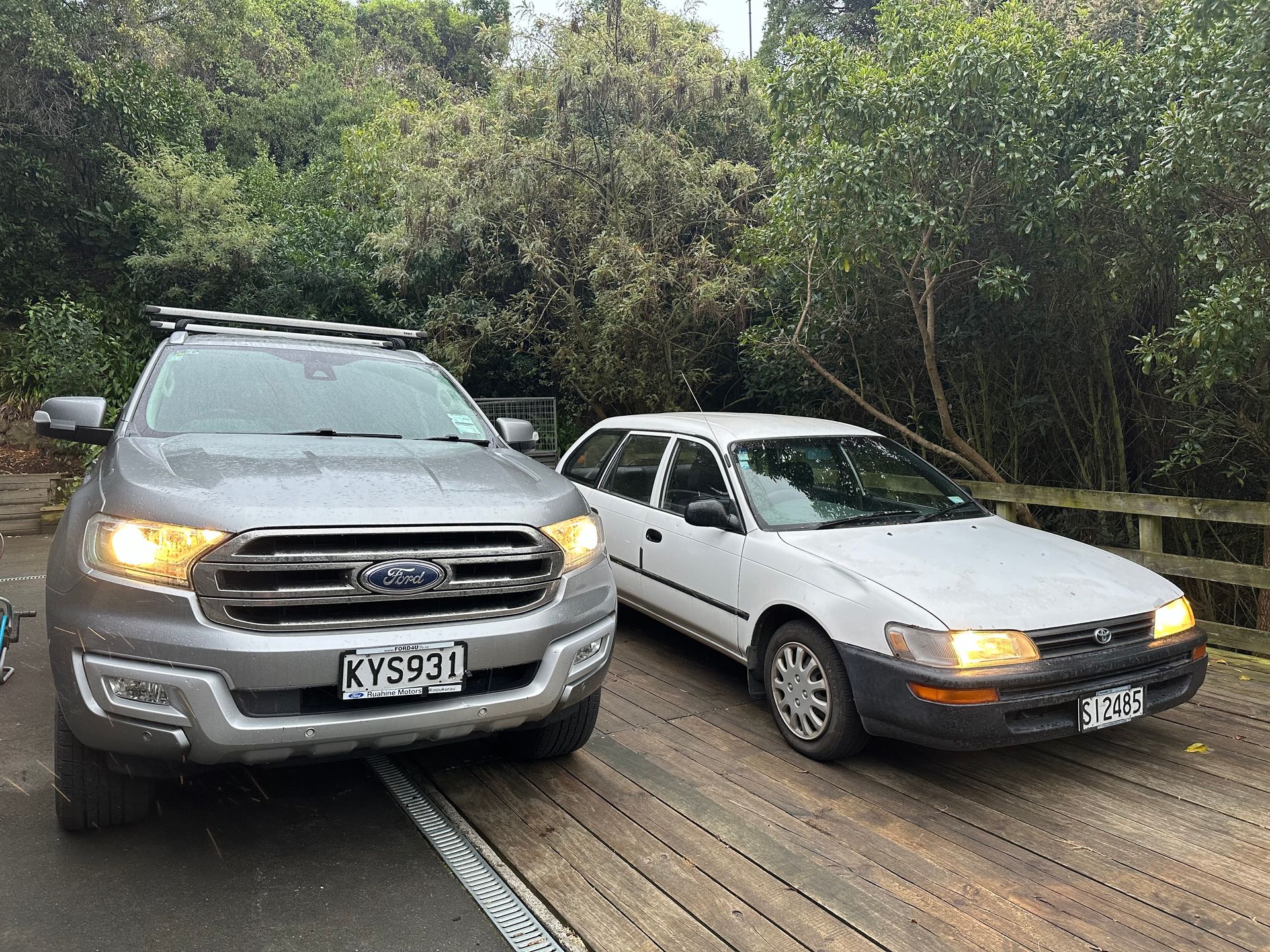
I'm back on the assumptions track, which I wrote about in Improper Thoughts. I've been thinking about assumptions because of the different reactions of other drivers when I am driving each of the two cars in the picture. Simple Simon, the Corolla, is a red rag to the drivers of utes and souped-up sedans. When I'm stopped at a traffic light, other cars will veer to the adjacent lane and rev their engines in anticipation of the light's changing. In a line of traffic, cars come up uncomfortably close behind me, no matter that I'm doing the speed limit, and pass when there's a hint of a gap. Simon is a car asking to be overtaken.
The Everest, on the other hand, is given space. People don't rush to overtake the Everest. The Everest is also a monster that doesn't belong in a city. The Everest is hard to park at the best of times and very much not fun to parallel park. It feels like a tank to drive.
I like driving Simon, as much as anything because I see people making assumptions about Simon, and likely about me as the driver (Simon's not a valuable car, we bought him for $1 and he's got a bit of rust showing). I know many assumptions that might be made about Simon's driver are likely to be incorrect; it's always amusing to see people's confusion when their stereotypes don't play out. Like when, long ago, I cycled to the Fraemohs factory in Kaiapoi where we were ordering a kitset house. After I left, staff asked the sales manager whether he thought we were a good risk – "How can she afford a house when she cycles to meetings?"
I thought I was a lucky person, having the time to cycle across the city on a bicycle that was worth a lot more than their cars. The staff thought I was a poor person.
I was playing with assumptions in my head when I went to the transfer station in the Everest recently. I backed my fully loaded trailer towards the pit. As I backed in, the guy in the next car threw large pieces of cardboard from his car across my path. I couldn't easily see how far to back and I wasn't sure what I might be running over. I looked at cardboard-man to see if he would signal how far I should back up but he steadfastly ignored me. I felt annoyed. Why couldn't he help?
I wondered if any of the obvious characteristics of cardboard-man might tell me why he wasn't helping. Cardboard man was probably around forty, of Asian ethnicity, shortish, driving a van kitted out as a tradie-vehicle. It could be that, as a middle-aged male, he didn't want to fall for the stereotype of women not being able to back trailers, so wasn't watching me. It could be he was completely engaged in the process of emptying his trailer, which looked like very hard work as he had a pointy shovel that was making no impact on his rubbish. If he was a tradie, he might have been working all day so was tired and over it.
I got out of the car and walked behind my trailer to see how much further I should back, removing the pieces of cardboard from my trajectory as cardboard-man continued to ignore me.
Once I'd backed up, I started unloading my trailer, including hauling out a solid wood-door which it would have been nice to have help with. I watched cardboard-man struggle with an enormous sack of nasty-looking rotten cardboard pieces mixed with earth (it was hard to imagine the origin of that mess). The slimy, slippery cardboard pieces were dropping everywhere. The sack wasn't moving, no matter how hard cardboard-man pulled. I decided to get over my irritation and ask if he'd like some help, because that's what I would have liked.
"Would you like a hand?"
"It's too heavy," he said.
"I'm pretty strong," I replied.
He took another look at me. "Okay."
We hauled on the bag till it fell off the trailer to where he could push the stinking mess into the maw of the pit to be scraped away by the loaders whizzing by.
"Thanks," cardboard-man said then we returned to our respective loads. He didn't look at me again.
According to research (and the internet), people judge you by your looks in a fraction of a second. One study gave a group of students 100 milliseconds, or as long as they wanted, to rate the attractiveness, competence, likeability, aggressiveness and trustworthiness of actors' faces. The ratings were similar in the two groups – decisions were made almost instantaneously.
What's important is being able to revise those instant assumptions. We aren't going to stop making assumptions – we're hard-wired to do that as a survival mechanism. Is that a sabre-tooth tiger in the forest? However, we can decide whether we act on our assumptions. Cardboard-man made an instant assumption about my strength, but was prepared to change his mind. I made an assumption about cardboard-guy not being helpful; that didn't change after our interaction, but I liked him more after he let me help him.
I discovered this phenomenon is know as the 'Benjamin Franklin effect'. It's an example of cognitive dissonance – a gap between thoughts and actions. If we help someone, we must like them, because it wouldn't make sense to help someone we didn't like. Even more interesting, the converse also holds true – we tend to dislike people whom we harm! The Benjamin Franklin effect is a great way of overcoming any negative assumptions we might have about others.
However, when it comes to assumptions about cars and drivers, we are limited because we don't usually interact with the drivers unless we're in an accident. We have no chance to revisit our assumptions, or get to like them by doing them a favour! This train of thought led me to considering social media, where we also make rapid assumptions and, similarly, never meet many of the people with whom we interact.
So I'm putting it out there, on this social media platform – don't make false assumptions about Simon. Simon is a great car to drive. Simon is low slung, so my mother can easily get in and out of him. Simon doesn't use much fuel. Simon is quick off the mark at the lights, particularly considering he's thirty-years-old, which I calculate is like a human ninety...Simon and Mum are the same age. Simon can fit a bicycle in his boot, tow a trailer and I have no worries about Simon's paintwork being damaged because it's very damaged already. Simon is white – the safest colour for a car to be. Next time you see a Simon, think envy, rather than overtake!

